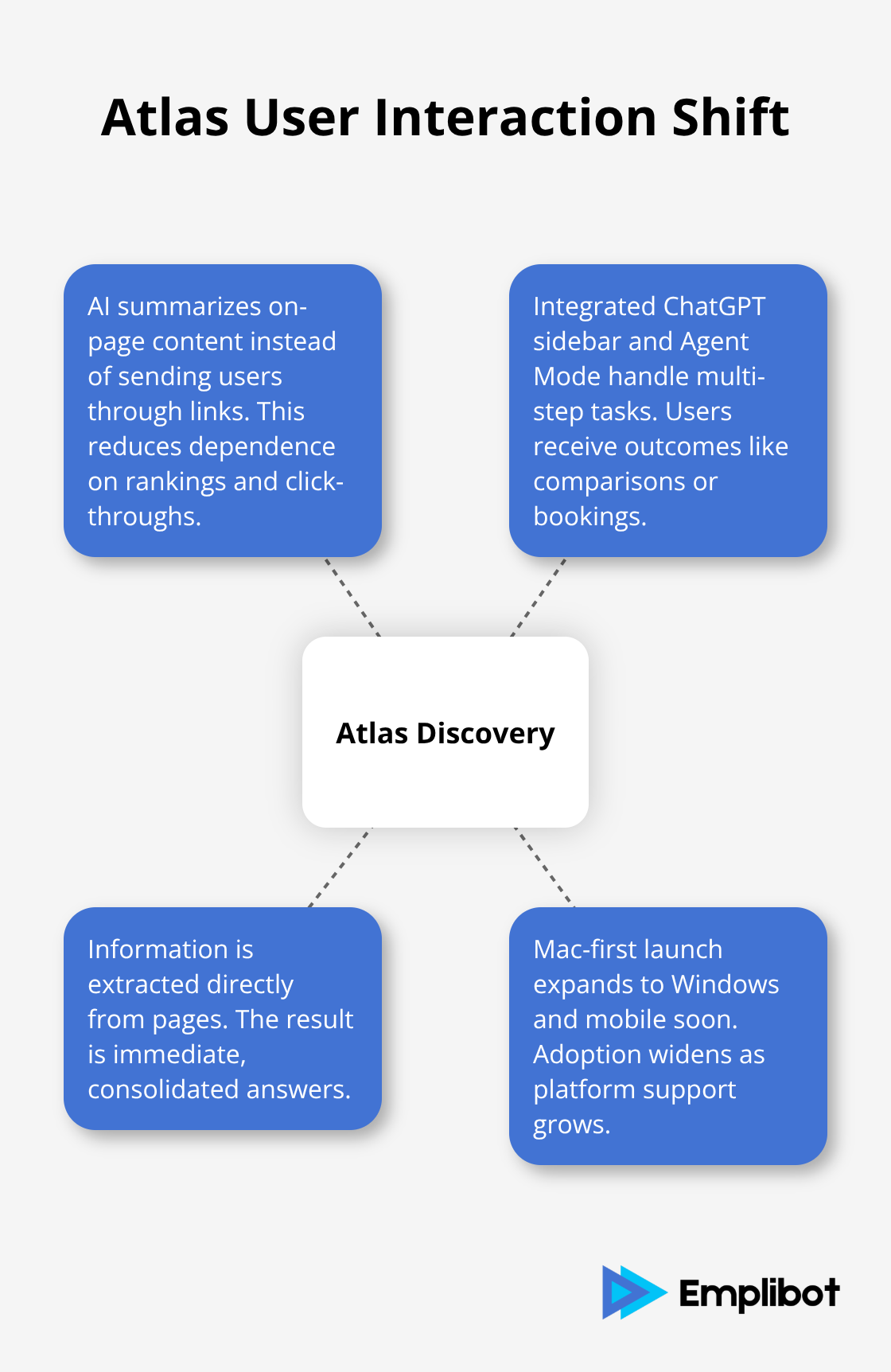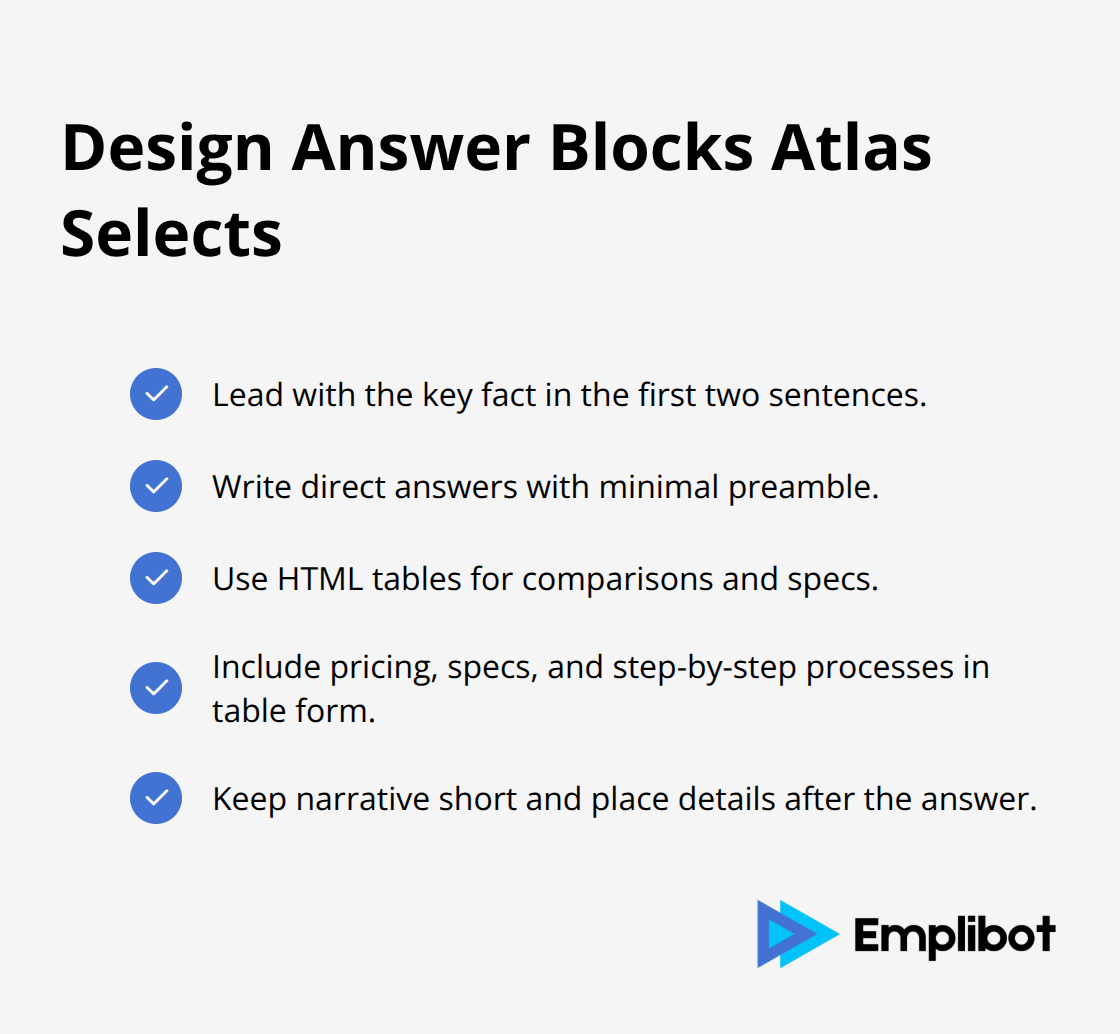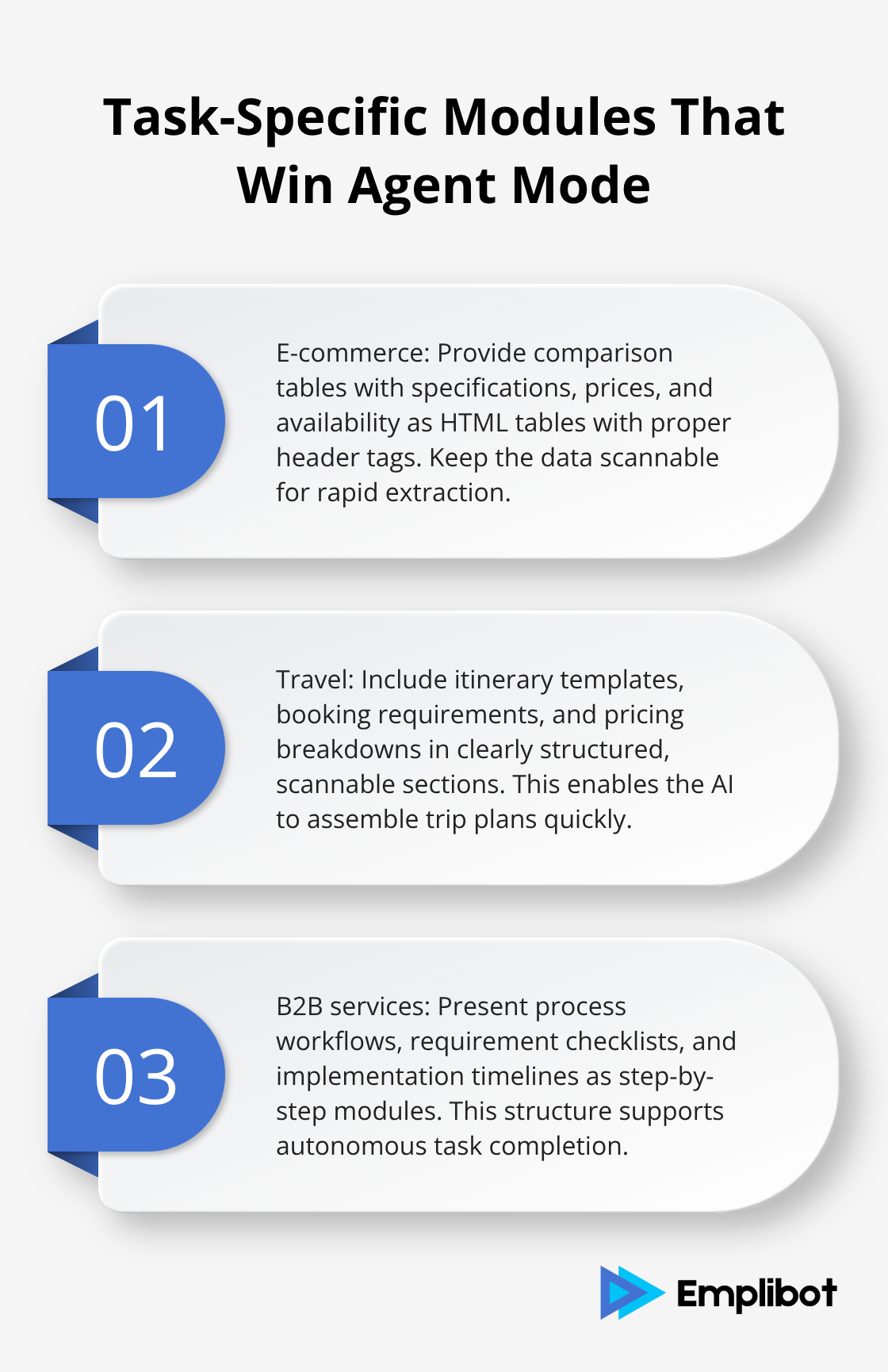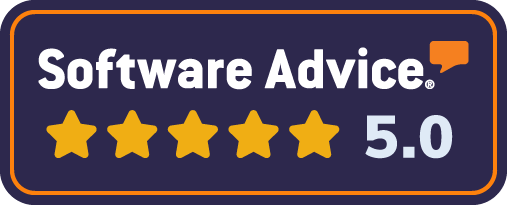OpenAI’s Atlas browser transforms how users interact with web content through its AI-powered interface and autonomous Agent Mode. Traditional search results become obsolete as Atlas prioritizes on-page summarization over click-through traffic.
Publishers face a fundamental shift in content strategy. We at Emplibot recognize that winning visibility in ChatGPT Atlas browser requires instantly scannable content with clear answer blocks and structured data formatting.
Contents
ToggleHow Atlas Browser Changes Content Discovery
OpenAI’s Atlas browser represents a seismic shift from traditional search engines to AI-powered content interaction. Unlike Google’s ten blue links, Atlas processes web content through its integrated ChatGPT sidebar and Agent Mode, which can autonomously complete complex tasks like shopping comparisons or travel booking. The browser launches with macOS support, with Windows and mobile versions following soon. Atlas doesn’t rank pages-it extracts and synthesizes information directly from your content for immediate user consumption.

Agent Mode Transforms User Behavior Patterns
Agent Mode allows Atlas to perform multi-step tasks without user intervention. Users can request the browser to research products, compare prices across multiple sites, or plan entire trips while the AI handles the browsing autonomously. This automation means users spend less time clicking through multiple pages and more time receiving consolidated answers. The AI processes information from multiple sources simultaneously (rather than sequentially like traditional browsing) to deliver comprehensive responses.
Traditional SEO Tactics Become Obsolete
The shift demands immediate action from content creators. Traditional SEO tactics focused on driving clicks become obsolete when Atlas extracts answers directly from pages. Content must now serve as a source for AI summarization rather than a destination for human readers. Sites with poorly structured information, buried key facts, or content spread across multiple pages will become invisible to Atlas users.
Content Structure Determines AI Visibility
Publishers who restructure their content for AI extraction will dominate visibility in this new browsing paradigm. Atlas prioritizes content that can be immediately processed and summarized rather than content designed to generate page views. The browser’s memory function (which recalls past interactions) means consistent, well-structured content builds authority over time. Your content formatting strategy directly impacts whether Atlas selects your information for user responses.
How Atlas Extracts Your Content
Atlas browser extracts information through a fundamentally different mechanism than traditional search crawlers. The AI processes content in real-time when users ask questions and scans for immediate answers rather than indexes entire pages for future ranking. Your content must present key information in the first 150-200 characters of each section because Atlas prioritizes early-positioned facts when it synthesizes responses. Research from TechCrunch shows AI referrals to websites surged 357% year-over-year, but only content structured for instant extraction benefits from this traffic surge.
Answer Blocks Drive Atlas Selection
Atlas favors content formatted as direct answer blocks that address specific questions without additional context. Place your most important facts within the first two sentences of each paragraph, then add supporting details. Tables with comparative data perform exceptionally well because Atlas can extract structured information more efficiently than it parses narrative text. Product specifications, pricing comparisons, and step-by-step processes formatted in tables receive significantly higher selection rates for AI responses.

Schema Markup Assists Content Recognition
Schema markup helps Atlas categorize your content correctly, but the markup must align with clearly structured visible content rather than hidden metadata. The AI system looks for functional categorization (like products, reviews, or FAQs) that matches what users actually see on the page. Publishers who implement schema markup alongside well-structured visible content see better extraction rates than those who rely on markup alone.
Scannable Headers Enable AI Processing
Atlas processes content through header hierarchies, which makes H2 and H3 tags essential for content visibility. Each header should summarize the section content in 6-8 words maximum and avoid decorative language that obscures meaning. Headers like “Product Features” or “Installation Steps” work better than “Unleash the Power of Innovation” because Atlas searches for functional rather than promotional language.
Content hidden behind tabs, accordions, or image-only presentations becomes invisible to Atlas processing. This forces publishers to restructure interactive elements into static, scannable formats that the AI can access immediately.
The next step involves optimizing your content structure to match how Atlas Agent Mode completes tasks for users.
How to Format Content for Agent Mode Tasks
Agent Mode changes how Atlas processes your content because the AI performs tasks rather than simply retrieves information. Your content must support task completion workflows where Atlas extracts specific data points to accomplish user goals like product comparisons, booking processes, or research compilation. Structure your content as modular task components rather than narrative articles.
Product pages need pricing tables, feature comparisons, and availability status in the first 300 characters because Agent Mode prioritizes actionable information over descriptive content. Service pages must include clear process steps, requirements lists, and contact information formatted as structured data blocks that Atlas can extract for task automation.
Task-Specific Content Modules Drive Agent Selection
Atlas Agent Mode selects content based on task relevance rather than keyword matching. Create content sections that directly support common user tasks in your industry. E-commerce sites need comparison tables with specifications, pricing, and availability data formatted as HTML tables with proper header tags.

Travel sites require itinerary templates, booking requirements, and pricing breakdowns in scannable formats. B2B services need process workflows, requirement checklists, and implementation timelines presented as step-by-step modules. Agent Mode extracts this structured information to complete user tasks autonomously (making poorly formatted content invisible to task-completion workflows).
Schema Implementation for Task Recognition
Implement specific schema types that align with Agent Mode task categories. Use Product schema for items that users might purchase, Recipe schema for process-based content, and FAQ schema for common questions within task workflows. The schema must match visible content structure exactly because Atlas validates schema accuracy against actual page content.
Sites with mismatched schema and visible content receive lower selection rates for Agent Mode tasks. Place schema markup directly adjacent to the corresponding visible content rather than in separate sections to improve Atlas recognition accuracy.
Content Hierarchy for Task Completion
Atlas processes content through clear hierarchical structures that support multi-step task completion. Break complex processes into numbered steps with distinct headers for each phase. Each step should contain specific requirements, expected outcomes, and next actions formatted as bullet points or short paragraphs.
Task-oriented content performs best when you present information in the exact sequence users need to complete their goals. Atlas extracts these sequential elements to guide users through complex processes (like software installations or service configurations) without requiring multiple page visits.
Final Thoughts
Atlas browser transforms content strategy by prioritizing instant extraction over traditional SEO rankings. Publishers who adapt their content for AI processing through structured answer blocks, scannable headers, and task-oriented modules will dominate visibility in ChatGPT Atlas browser. The shift from click-through traffic to on-page summarization demands immediate restructuring of existing content libraries.
Content marketing evolves from driving page visits to serving as source material for AI responses. Publishers must format information as modular components that support Agent Mode task completion rather than narrative articles designed for human reading. Schema markup becomes essential for content recognition, but only when it matches visible page structure exactly.
The competitive advantage belongs to publishers who implement these optimization techniques before Atlas reaches widespread adoption (making early adoption critical for market positioning). Traditional SEO metrics become obsolete as AI extraction rates replace click-through rates as the primary success indicator. We at Emplibot have developed automated content optimization that handles everything from keyword research to SEO optimization for WordPress blogs and social media distribution.










